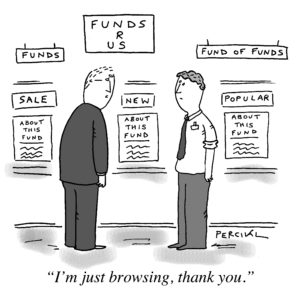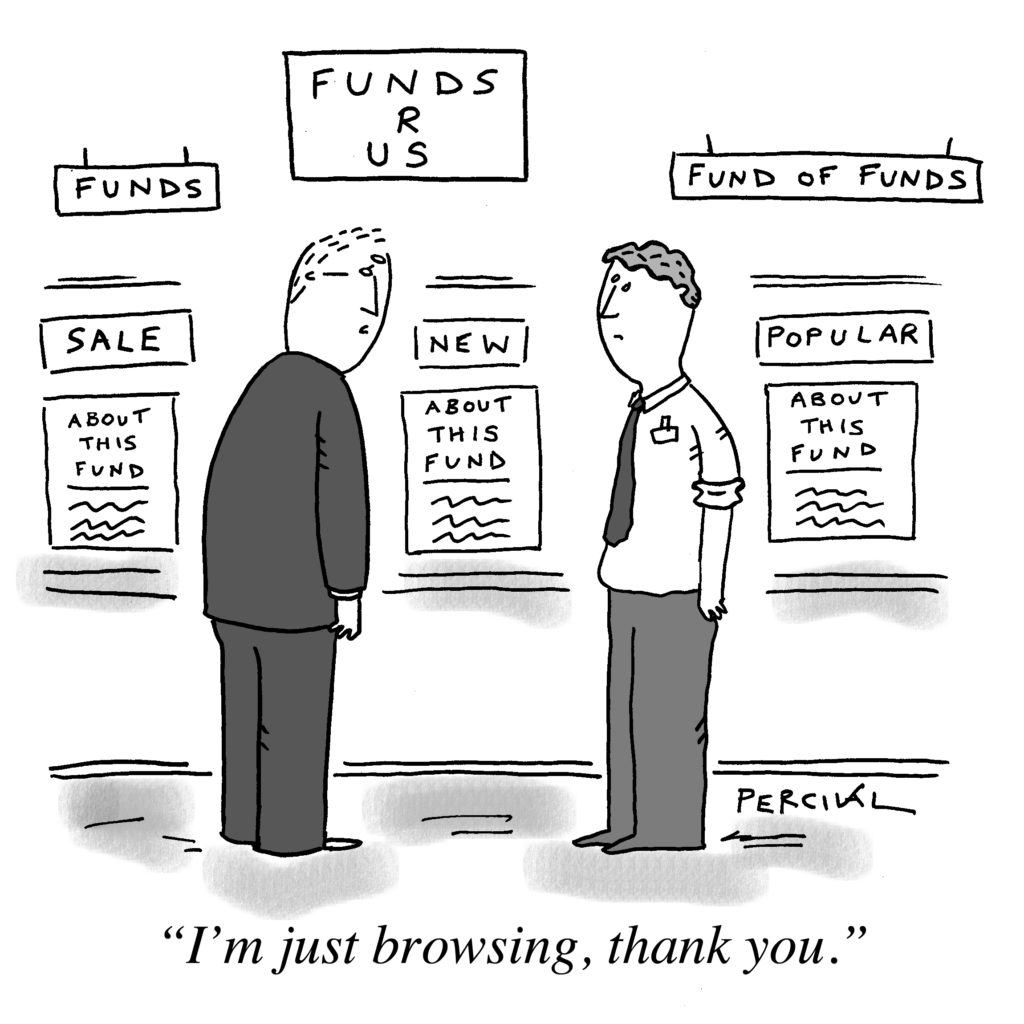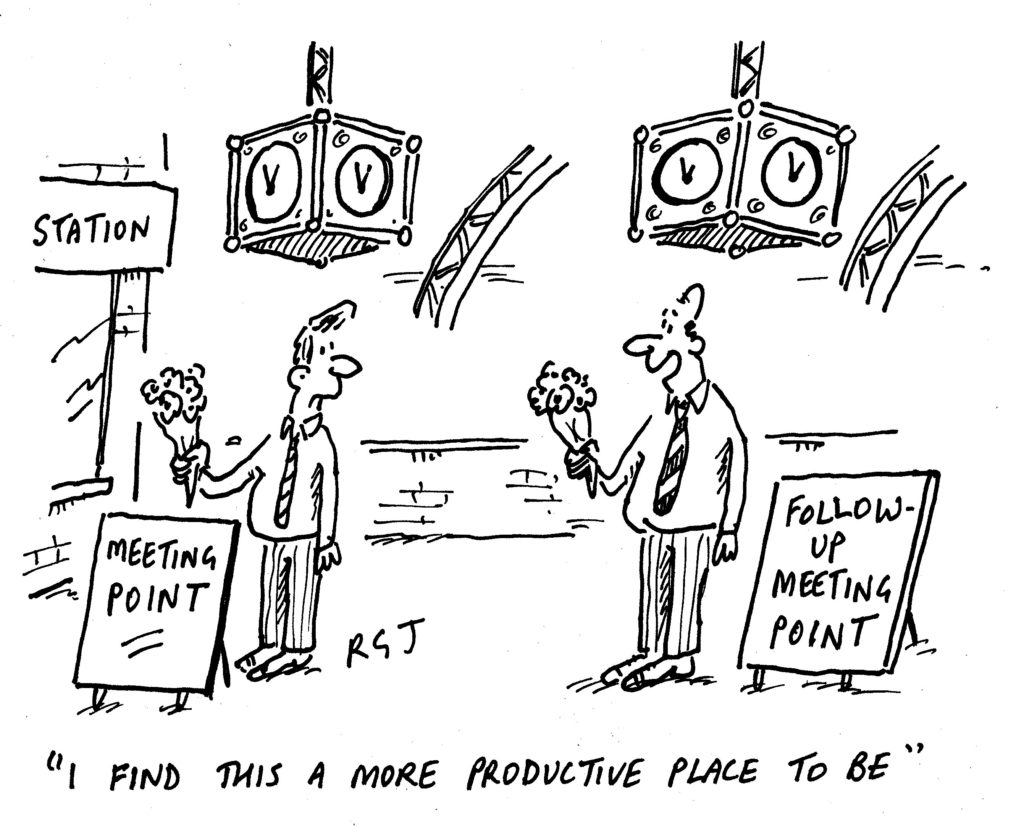
How Fund Managers can get more out of Client Meetings

In order to make sure that we maintain our relevance to our clients at Murano, we try to meet with them every month or so and follow up on all the investor research that we provide. What has become apparent is that although we are very good at helping our clients get those first meetings, we have noticed that there is a wide dispersion of ‘follow up’ after those first meetings. Typically we expect that after 10-15 new meetings, one should lead to further discussions like due diligence, etc. We don’t think that the dispersion is because of the size of the fund or performance, etc. Yes, this plays a role and it is noticeable. However, we think this is because of the way our clients follow up.
After discussing this idea and best practices with a number of clients, we have come up with a few ideas that may help.
Let’s first discuss the dynamics of the sales process from an asset management point of view.
Most often the sales process focuses on how many meetings an asset manager is able to get in order to fill up the travel schedule. We dot across town to various meetings explaining what it is we do and then try to replicate this with varied success again and again. I have been in countless meetings as both the fund manager, the investor, and the consultant. Most of the time it involves the investor telling a bit about their business, then the fund manager launching into a 30–45-minute pitch, then a few questions or discussion.
Is this the best dynamic? I am beginning to ask myself the question. Last week, I had to buy another computer and I did the old-fashioned thing of going to the computer store. I found two computers that fit the spec, but needed to ask a few questions. The main one being if I needed to spend the extra £100 for a few specs I wasn’t sure I needed. The salesperson answered my questions and I walked away with my purchase. An investor who is allocating to a specific asset class is very often left in a similar position, and yet it occurred to me that many of the meetings we have in fund management fail on this very basic level… most of the time.
There are many motivations for an investor agreeing to meet. Unsurprisingly, it is probably not too different from our usual shopping experiences. Professional investors are there to buy- in many ways they are professional shoppers.

Some of the motivations are:
Browsing: We have no money to allocate, but we need to continue to research for better products.
Discovery: We don’t know very much about this area and want to get up to speed.
Mission: We are allocating to this and we need to find the best way to represent our view.
As a fund manager, asking some questions to discover a bit more about what their motivations are, is crucial.
Let’s take this back to the first meeting. I find that preparation work is always lacking- this might be because there is no public information about the investor. However, if it is a public pension fund or other investor that discloses their portfolio, then prep work should be done, and in detail.
How would the fund look in the investor’s portfolio?
What would happen if the investor replaced one aspect of his portfolio with your strategy?
What is interesting about your fund in the investor’s context?
If you look at consultants, graphic artists, advertising and most business sales, you will find that the prep work takes a large amount of time. However, it pays off in spades! Oddly, in asset management, this prep work doesn’t really exist unless you talk to some of the largest asset managers. They don’t see themselves as asset managers, but rather solution providers. All too often I have been guilty of walking into a meeting and knowing nothing about my client when I very well could have; particularly public funds. If we treated our jobs as consultants, we would spend at least a few hours tailoring our fund products in the context of our client’s needs and how we could make a positive impact. After all, an investment can represent 100s of thousands of dollars. Why would anyone take this potential as little as we do?
Along with knowing the basics about the investor and what it is they do, it is also important to ask why they agreed to meet you and frame the meeting in that context. What aspect of our fund encouraged you to meet with us? Are you currently allocating to this space? When managing your investments, what are the things that keep you up at night?
Yes, some of this might seem a bit basic. However, a fund manager is not only about performance, but perhaps also a solution to a portfolio problem. Why are investors always looking to change their allocations? What is it that they are interested in now?

The second meeting starts at the end of the first.
Once the context of providing a solution to our clients’ needs is defined during the first meeting and we discuss certain aspects of the fund, it is up to the investor to decide what they want to do. Do they want to follow you for a little bit? Do they need more information? Do they need to discuss the prospect for investment during a committee? Whatever it is, do what they say (within reason, of course). The important part is to help them provide a framework, make sure you help them stick with it. If they need a few weeks to decide, call them or email them afterwards. The job of sales is not about convincing, it is about being there when the potential investor needs you and to be supportive in order to have a mutually beneficial relationship in a structured environment.
I have seen many asset managers meet with 100s of investors per year and never follow up. In the context of what is at stake, doesn’t this sound a bit strange? From an investor perspective, this level of dedication can be what makes them decide why not to invest. As asset managers, we try so hard to get meetings, but I (for one), have failed miserably at following up.